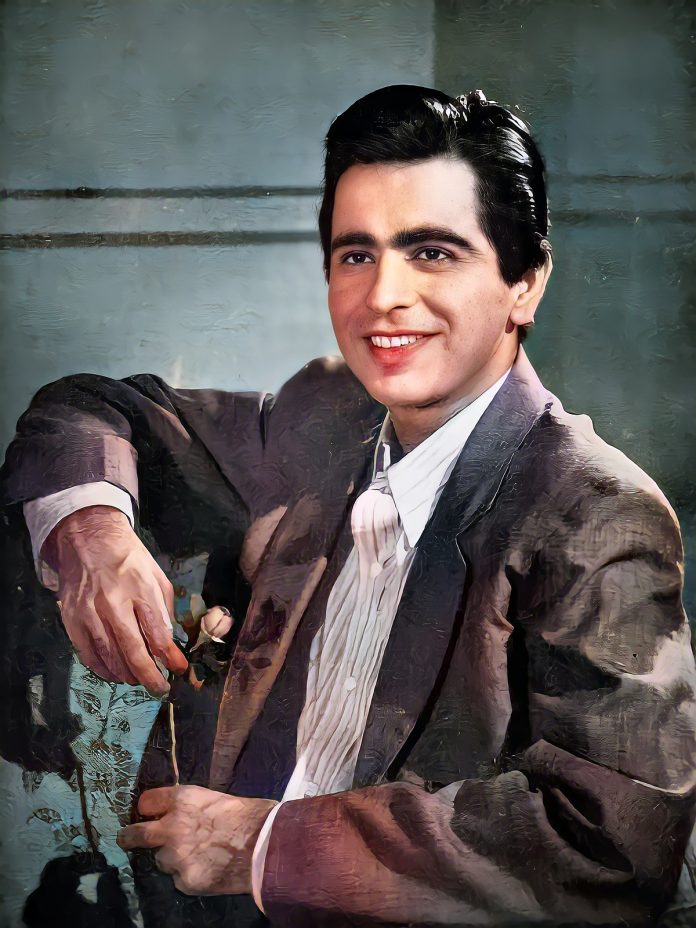On December 11, 1922, Mohammad Yusuf Khan was born in Peshawar (now in Pakistan), one of 12 children of a fruit merchant, Lala Ghulam Sarwar Khan and his wife Ayesha Begum. He would go on to become one the biggest stars of Indian cinema, whose birth centenary celebrations are being planned by fans, with a film festival, exhibitions and an outpouring of admiration on social media.
After Partition, the family stayed back in Deolali, a small town in Maharashtra, where Yusuf Khan received his early education. When he moved to Bombay to run an army canteen, he was discovered by Devika Rani, the co-founder and head of major studio Bombay Talkies, and made his film debut in Jwar Bhata, changing his name to Dilip Kumar, for fear of incurring his father’s wrath.
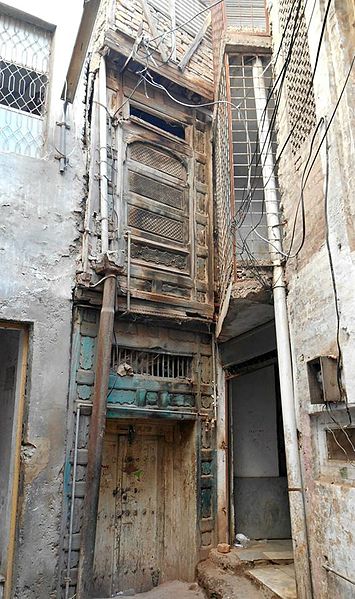
Acting was not considered a reputable profession then, so actors did not have formal training; they went by the script and the director’s instructions and winged it. Dilip Kumar developed his own style of naturalistic acting, speaking his lines in measured tones, and using his expressive eyes and voice to great effect, fitting perfectly well in the soft, romantic, often tragic roles that he came to be known for. He was an instinctive actor, hitting on the right, understated notes in his performances—method acting before it became trendy. The plots of the films he did, were melodramatic, and by today’s standards, excessively morbid.
Most of Dilip Kumar’s early films were like preparations for the classic Devdas. His very first film, Jwar Bhata (1944) had him playing an alcoholic pining for the woman he cannot marry. In his next, Pratima (1945) he again played a man whose parents do not approve of the women he loves. In Milan (1946), he has to go through a lot of trouble to reach the woman he intends to marry because of a boat accident in which the brides of two men get swapped. Jugnu (1947), his first big hit, also had a lot of romantic complications between the lead pair. In Ghar Ki Izzat (1948), he turned to drink when his wife was ill-treated by his family.
In Shaheed (1948) he played a freedom fighter, in Mela (1948), he goes to jail, framed by the villain for the murder of the woman he was to marry. In Anokha Pyar (1948), he played an impoverished writer, who went to some very strange plot twists before he is reunited with his beloved.
In Mehboob Khan’s love triangle Andaaz (1949), his unrequited love for a woman leads to misunderstanding and murder. In Jogan (1949), he falls in love with a woman who has renounced the world to live as an ascetic. In Aarzoo (1950), his childhood sweetheart married another, believing him to be dead in a fire. In Babul (1950), he is caught between two women vying for his love, and losing them both. Hulchul (1951) has him jailed for a murder he did not commit, and losing the woman he loved.
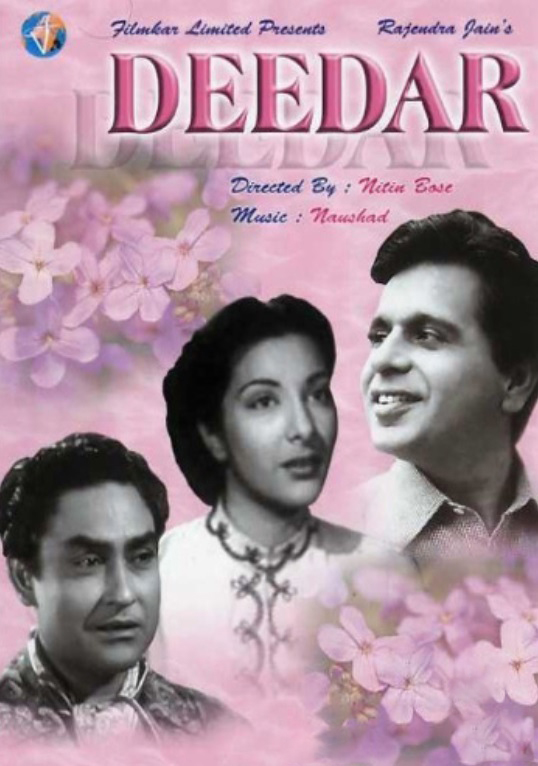
Deedar (1951) was by all standards, the height of romantic masochism, in which he played a blind man whose sight is restored by a kindly doctor; when he sees that his sweetheart is to marry the same doctor, he blinds himself again, because why see the world without her in it?
In Tarana (1951), after much scheming and plotting by the villain, the man played by Dilip Kumar is finally reunited with the village belle he was in love with. The leading lady was played by Madhubala, and here began the ill-fated romance that ended with the real life courtroom drama before the making of Naya Daur.
So many years into his career, Devdas (1954), still a few years away, he acted in Daag (1952) playing a man who turns alcoholic when he cannot marry his lady love. With this film he won the first Filmfare Award, the year it was instituted. The film, a kind of poor man’s Devdas, had the unforgettable song, Ae Mere Dil Kahin Aur Chal, sung by Talat Mahmood, who sung so many of the star’s songs that he came to be known as the voice of Dilip Kumar.
In Sangdil (1952) he almost loses his beloved due to his own mother’s conniving, and like a few films before this, he is blinded in a fire.
Finally, a break in the relentless grimness of his roles, with Aan (1952), India’s first technicolour film, and a reworking of The Taming Of The Shrew. There was still the tragic romance Shikast (1953) to go plus Footpath (1953) and Amar (1954) in which played, for a change, negative characters—a blackmarketer and rapist respectively, before becoming the poster boy of doomed love in Devdas. The film defined the romantic hero for the age—the thwarted lover with the melancholic eyes, hair flopping over the troubled forehead, the anguished, booze-soaked voice. Other actors have played Saratchandra Chattopadhyay’s tragic protagonist before and after Dilip Kumar, but the Tragedy King of the era defined heartbreak and made the character memorable.
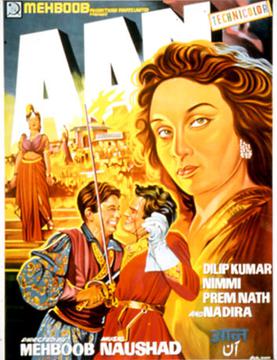
In a career spanning over half a century, he did fewer films than his contemporaries, because the kind of meticulousness he brought to every character he played, meant he could not work in conveyer-belt films and he chose to work mostly with filmmakers who were as exacting as he was, or at least let him interpret his part his way. That approach did give rise to rumours that he was a backseat director, which may have been partially true for a few of his films. He wrote stories for some films like Ganga Jumna and Leader. His official film as director, Kalinga, remained unreleased.
When he had done too many tragic roles, he was advised to do some lighthearted films, or the constant brooding would affect his mind. Azaad (1955) was the result, a swashbuckling adventure, directed by S M Sriramulu Naidu and co-starring Meena Kumari, in which he played a bandit. Audiences saw the moping actor sing and laugh and liked this new avatar.
SU Sunny’s Kohinoor (1960) was another one of the light films that Dilip Kumar did to break his tragic screen image. The costume drama, co-starring Meena Kumari, had a fairytale look with princes, princesses, palace intrigues and sword fights. Dilip Kumar, reportedly learnt to play the sitar to be able to convincingly play it on screen for the song Madhuban Mein Radhika Naache Re.

Dilip Kumar had the talent, intelligence and star power to push for a change in image. After Devdas, some of his best work came when his screen characters stopped wallowing in tears and acquired some rage. Naya Daur, Madhumati, Paigham, Kohinoor, Mughal-e-Azam, Ganga Jumna, Leader, Ram Aur Shyam, had many more shades for him to portray and truly come into his own as a star-actor.
He had popular screen pairings with Kamini Kaushal, Nargis, Meena Kumari, Madhubala, Vyjayanthimala, Waheeda Rehman, Nutan, Nimmi and had rumoured romances with at least three of them. After leaving a trail of broken hearts, he wed Saira Banu in 1966, and despite all predictions to the contrary, they had a happy married life, with just one blip in the form of Asma, whom he reported married and divorced, but swore the reports were fabricated.
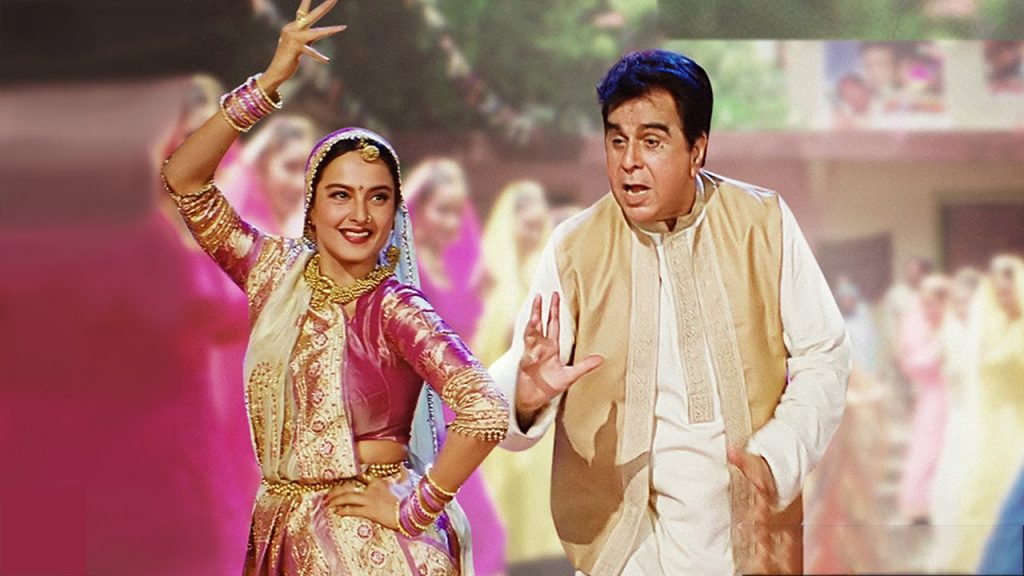
When his career as a leading man started waning, Dilip Kumar took a sabbatical and returned to play strong character parts in films like Kranti, Karma, Vidhaata, Mashaal, Mazdoor and Saudagar. A few of his films were shelved for various reasons, and his last screen appearance was in the 1998 film Qila, after which he went into dignified retirement and was never tempted to make a comeback. He did write his autobiography (with journalist Udaya Tara Nayar) titled The Substance and The Shadow, lifting the curtain on his eventful life just a little to let fans have a quick glimpse before he receded into the seclusion of his suburban bungalow, so reports of his problems with dementia were just speculated on. He believed that stars should never let their mystique fade with overexposure to the outside world. He remained till his passing at the age of 98, a legendary star loved by film fans, but really known by just a few in his inner circle.
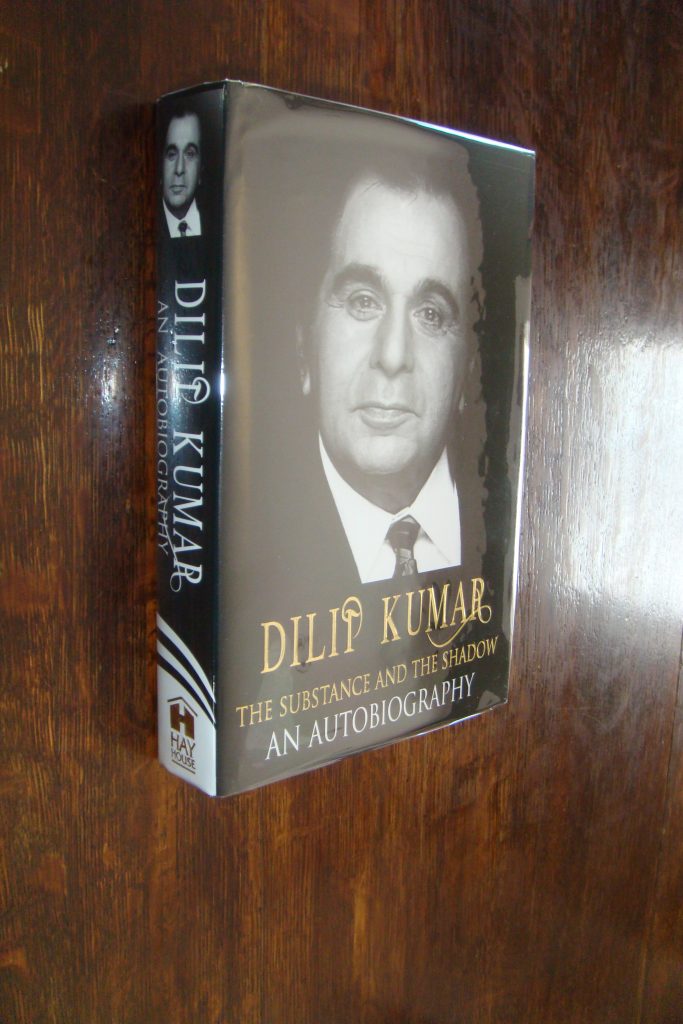
He earned the title of Thespian given to him by the media—he had, after all, done a string of successful films (a hit rate of 80 % is remarkable in show business) and established a style of performance that is imitated by young actors to this day.



